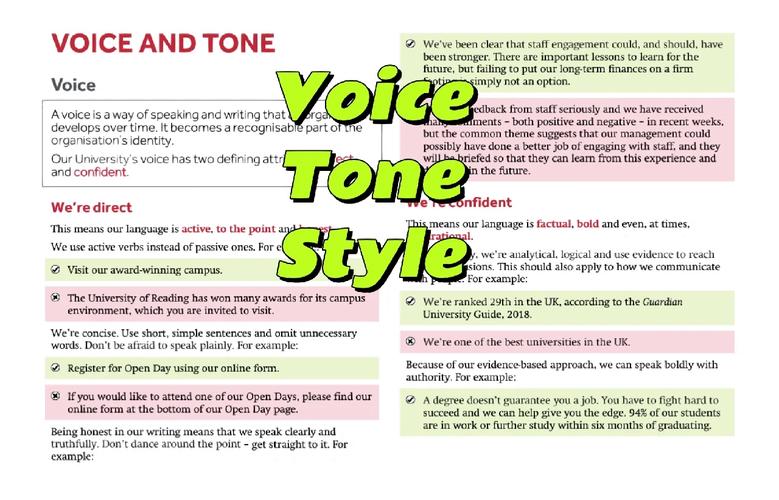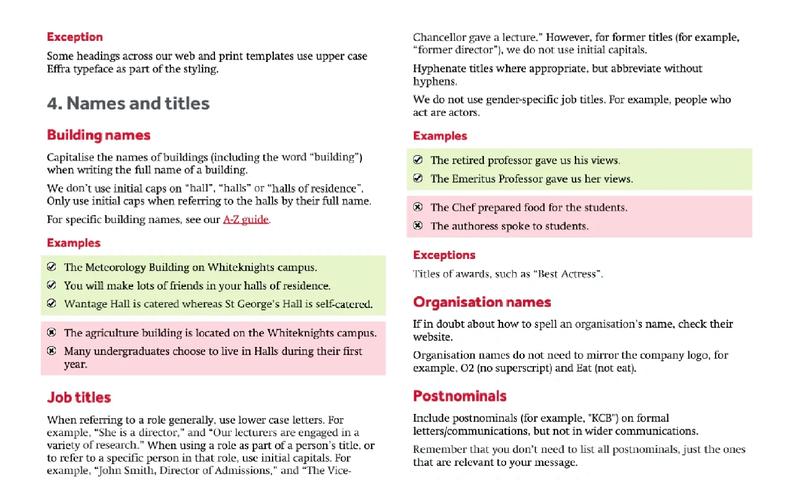What is Tone Voice?
Understanding the concept of tone voice is crucial in various aspects of communication, whether it’s in writing, speaking, or even in the arts. Tone voice refers to the manner in which a message is conveyed, encompassing the emotions, attitudes, and intentions behind the words. It plays a significant role in how your message is perceived by others. Let’s delve into the different dimensions of tone voice to gain a comprehensive understanding.
Emotional Dimension
The emotional dimension of tone voice is perhaps the most immediate aspect that people notice. It’s the emotional undertone that gives words their life and impact. For instance, the same sentence can be delivered with joy, sadness, anger, or surprise, each evoking a different emotional response. Emotional tone voice is influenced by factors such as the speaker’s mood, past experiences, and cultural background.

Consider the following examples:
| Emotion | Example |
|---|---|
| Joy | “I’m so excited to see you!” |
| Sadness | “I’m really sorry to hear about your loss.” |
| Anger | “This is unacceptable!” |
| Surprise | “You’re going to be a father?” |
Attitudinal Dimension
The attitudinal dimension of tone voice refers to the speaker’s attitude towards the subject matter or the audience. It can range from admiration to disdain, from respect to indifference. The attitudinal tone voice is often conveyed through the choice of words, the level of formality, and the overall message being conveyed.
For example, when addressing a superior, using a formal tone voice is essential to show respect. Conversely, when speaking to a close friend, a more relaxed and informal tone voice is appropriate.
Intentional Dimension
The intentional dimension of tone voice relates to the speaker’s purpose in conveying the message. It can be persuasive, informative, or expressive. The intentional tone voice is determined by the context, the audience, and the desired outcome.

For instance, a salesperson might use a persuasive tone voice to convince a customer to make a purchase, while a teacher might use an informative tone voice to educate students on a particular topic.
Contextual Dimension
The contextual dimension of tone voice refers to the specific situation in which the message is being conveyed. It includes factors such as the setting, the relationship between the speaker and the listener, and the cultural background of both parties.
For example, a conversation between two friends in a casual setting will likely have a different tone voice compared to a professional meeting between colleagues.
Strategies to Enhance Tone Voice
Understanding the different dimensions of tone voice can help you enhance your communication skills. Here are some strategies to consider:
- Be aware of your emotions: Recognize how your emotions might be influencing your tone voice and adjust accordingly.
- Choose your words carefully: The words you use can convey a specific tone voice. Be mindful of the connotations and implications of your words.
- Consider your audience: Tailor your tone voice to suit the needs and expectations of your audience.
- Practice active listening: Pay attention to the tone voice of others to better understand their emotions and intentions.
In conclusion, tone voice is a multifaceted concept that plays a crucial role in communication. By understanding and mastering the different dimensions of tone voice, you can enhance your ability to convey your message effectively and build stronger relationships with others.










